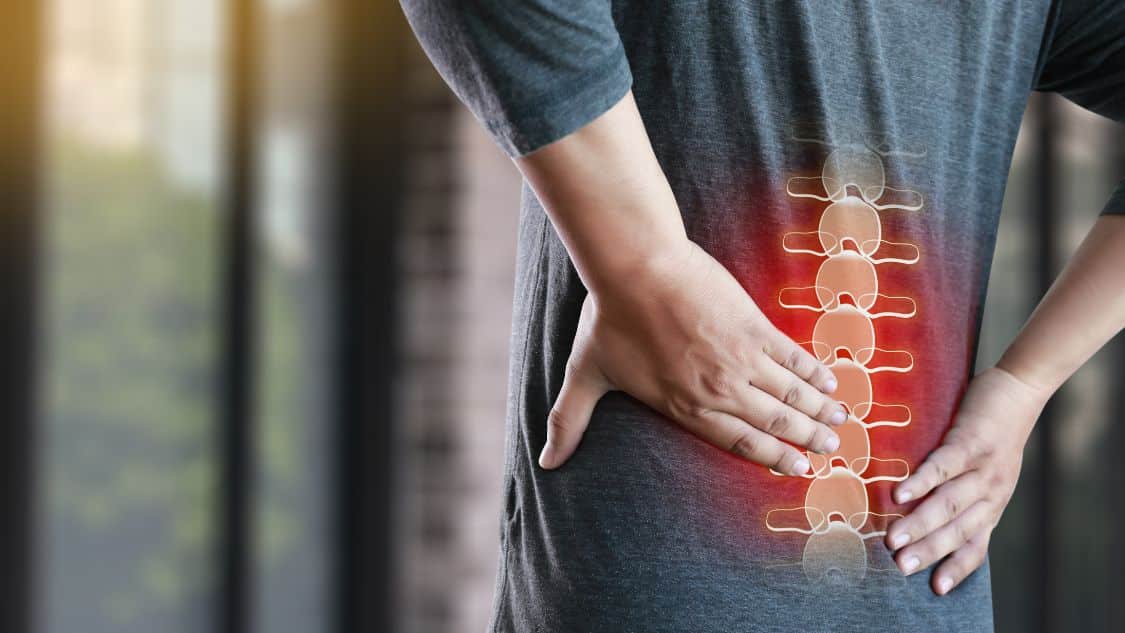
Almost everyone experiences lower back pain eventually in their lives. Even if you’re not a person who’s seated in front of a desk all day, the stress from lifting heavy items or carrying them for extended durations, extended reaching or stretching, sports injuries, running or any variety of other daily activities can cause muscle tension and lower back pain. It can even be caused simply by poor posture!
Fortunately, there are numerous methods to eliminate lower back pain and prevent it from returning. Maintenance of a healthy way of life can go a long way toward protecting against back pain. Nevertheless, when pain does happen, there are multiple treatment plan alternatives out there that can help alleviate the discomfort and diminish reappearance.
Here we’ll examine some various physiotherapy treatments for lower back pain and their overall performance in easing discomfort, preventing re-injury and improving quality of life.
Hands-on Treatment
Among the most tried and true treatments available, manual therapy is a powerful technique to address lower back pain. Physiotherapists work with a variety of techniques, including joint mobilization, soft tissue manipulation, stretching exercise and electrotherapy, to decrease inflammation, boost blood flow and eliminate pain. In fact, a 2017 study discovered that manual treatment was the most beneficial treatment choice for pain in the lower back.
While manual therapy doesn’t always get rid of the underlying reason for your lower back pain, it can ease pain and minimize recurrence. If your discomfort is brought on by a specific injury, such as a sprain or strain, manual treatment can help lessen swelling and restore range of motion and strength to the afflicted area. If your discomfort is triggered by excessively tight muscles, hands-on treatment can help restore them to their normal length and flexibility.
It’s important to bear in mind that hands-on treatment can take several sessions to start relieving discomfort. It’s best to consult with your physiotherapist in advance of beginning treatment.
Ultrasound Techniques
A therapy technique that supports tissue healing and discomfort relief, ultrasound treatment is also frequently utilized by physiotherapists to deal with pain in the lower back. Though research is unsettled concerning the efficacy of ultrasound treatment on lower back pain, some studies have found that it can substantially decrease pain and promote recovery among patients. In fact, a 2019 research study found that ultrasound treatment is just as beneficial as medication for eliminating discomfort.
Like manual treatment, ultrasound treatment works by increasing blood flow and lowering inflammation. It also encourages tissue healing and can be exceptionally successful in treating soft tissue injuries. When it comes to pain in the lower back, ultrasound is best employed as a treatment to relieve pain, cutting down on recurrence when regularly made use of as part of a pain management methodology.
Pilates
Pilates is an exercise and body conditioning regimen developed by Joseph Pilates to help with injury recovery and body balance. Pilates at Trimetrics Physiotherapy offers supervised exercise, supported body postures and lots of repetitions with a focus on balance between the right and left sides of the body.
Pilates is also a proven treatment modality for lower back pain, balancing over-used muscles by activating the stabilizing muscles in the region as well as strengthening the surrounding muscles, thus eliminating pain caused by imbalanced muscles in the back.
At Trimetrics Physiotherapy, Pilates training can also be taken and billed as a physiotherapy session and under the supervision of one of our physiotherapists. We also enhance Pilates strength and conditioning with weights and resistance band exercises. These specialized additions complement and enhance our Pilates program because we can utilize more functional postures and also add resistance beyond what we typically see or can do in Pilates.
This allows for a combination of supervised Pilates sessions within the clinic, supervised weight training in the clinic and also home based exercises that you can continue at home to maximize your functional recovery as quickly as possible.
Exercise
Routine physical exercise is one of the most efficient means to prevent lower back pain and the beginning of other health issues. If incorporated with other treatment choices (such as medications and hands-on therapy), physical exercise might be a lot more reliable at eliminating pain and promoting recovery. Your physiotherapist can suggest particular movement and stretching workouts that will help reinforce and loosen your muscles, improving your lower back health.
While aerobic workout is most frequently suggested to alleviate lower back pain, resistance training can also relieve discomfort and promote healing.
When it involves lower back pain, frequency and duration matter. Regularly participating in moderate physical exercise for approximately thirty minutes can help alleviate discomfort and promote recovery, particularly if you’re experiencing severe lower back pain.
If you’re experiencing chronic lower back pain, you may really want to think about high-intensity interval training, or HIIT: a type of workout that’s been proven to be effective in promoting healing, building up muscles and minimizing discomfort. Again, your physiotherapist may propose an exercise program that’s particularly tailored to your unique condition.
Recap
Lower back pain can feel unbearable, most especially if it’s constant. While there are numerous methods to alleviate pain in the lower back and stop it from repeating, it’s vital to tailor your treatment method to your specific requirements.
While massage therapy may work in alleviating pain in one person, it might not be as beneficial in another. It’s very important to be versatile and try out several treatment choices with your physiotherapist till you find one that performs best for you.
Give the experienced therapists at Trimetrics Physiotherapy a call today and we can start easing your lower back pain. Now booking new appointments!

